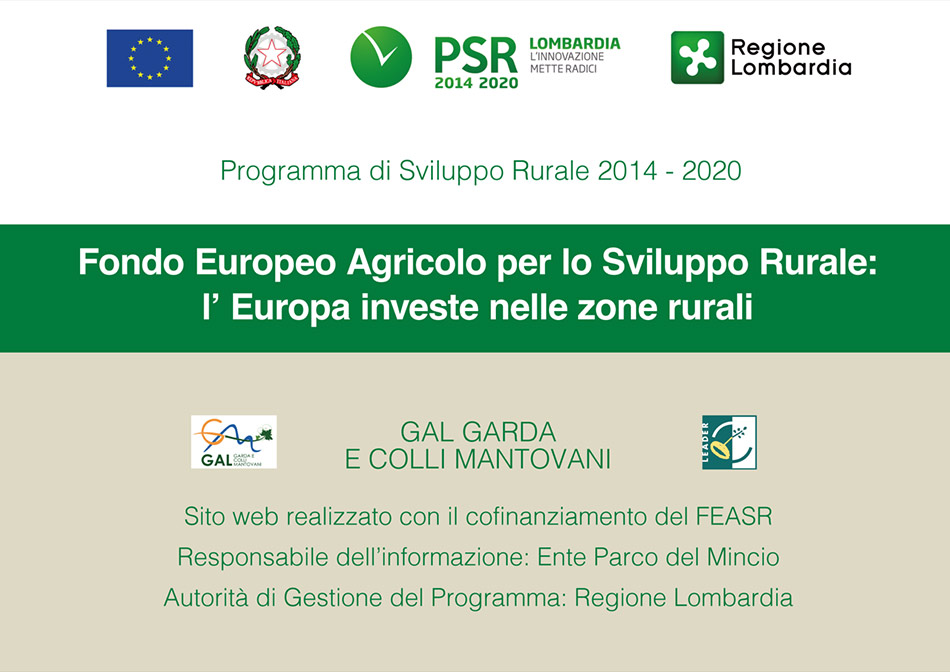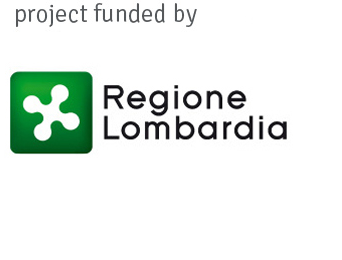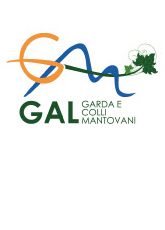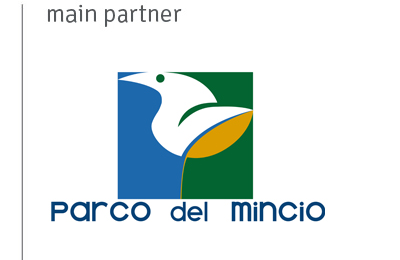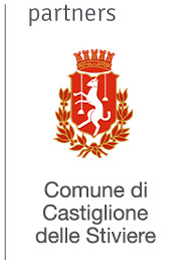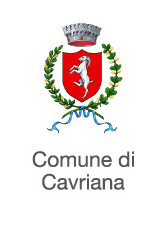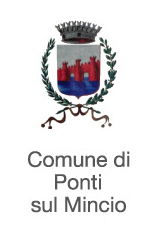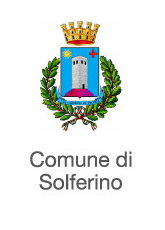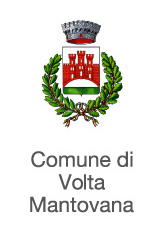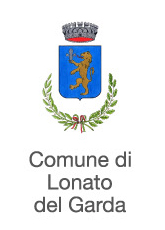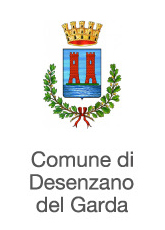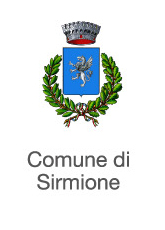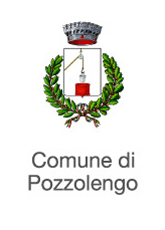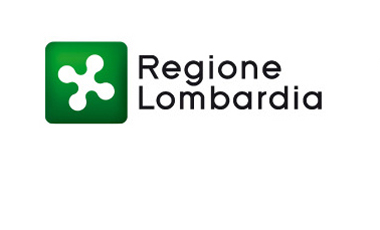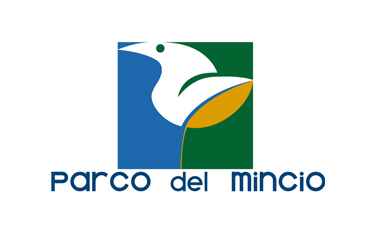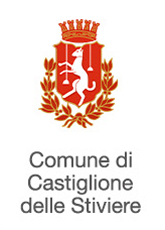the project
The Project aims to enhance the area of the morainic territory with specific activities, which gathers around itself the municipalities of the hilly area south of Lake Garda, in the provinces of Brescia and Mantua.
The interest in valorising this territory lies in its specific local relevance, which despite being close to Lake Garda, still constitutes an exception, maintaining the integrity of its original characteristics. The distinctive character is the presence of the Garda morainic amphitheatre, an expanse of bumps and reliefs, partly covered by woods, vineyards and olive groves which contrasts with the flat territory typical of the Po Valley context. Also from this “uniqueness” comes a particularly intense and deep-rooted development of the agricultural and agri-food sector, with a tradition in the crops of greatest interest which has its roots as early as the second half of the 1600s.
The sector of cultural, environmental and landscape heritage in the area of the morainic hills is particularly rich and characterised. The territory presents a system of castles built on the hills of the south-western sector of the Morainic Hills, defining a set of points of high historical and landscape interest and of potentially strong tourist value.
On an environmental level, the proximity to Lake Garda, mitigating the rigors of the Po Valley climate, has favored the establishment in the local flora of Mediterranean elements which have been added to the mountain ones, which remained in the area after the retreat of the glaciers. Hence the great botanical interest of spontaneously vegetation environments. In this context, the Mincio Park emerges, one of the first parks created in the regional territory, and the Castellaro Lagusello Nature Reserve, the ancient medieval village with beautiful walls overlooking a small heart-shaped lake.
The territory of the Morainic Hills also offers a series of resources of great religious and intellectual importance with parishes, basilicas and churches that date back to the Romanesque era and, more frequently, to the medieval and Renaissance periods. Other elements characterizing the entire territory are the signs of the intense presence of the noble families that followed one another over the various eras and of the Gonzagas in particular.
The Risorgimento theme is sculpted by local commemorations and by the rich set of fortifications and sediments of nineteenth-century battles. Territorial conformation and morphology have always constituted elements indispensably connected to any war action and the rich context of the morainic territory is not ignored. Towers, walls, bridges, fortified enclosures, forts and bastions, organized in chessboards, which over the centuries gave rise to increasingly complex defensive systems, always updated to the progress and evolution of the art of war, which reached their maximum configuration in the second half of the 19th century with the creation of one of the major defensive systems on a territorial scale of the modern era, the Quadrilateral. A system born from the intuition of FML Josef Radetzky which combined the defensive potential of the Mincio and Adige river lines with those of the fortresses of Peschiera, Mantua, Verona and Legnago. Even today the Mincio constitutes a sort of hinge between Veneto and Lombardy and in the territories along and close to its course many of the military works carried out continuously from the Middle Ages to the present day remain.


